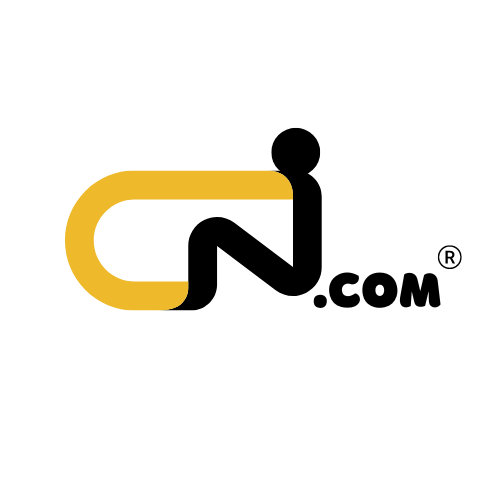A transition this is seeing conventional techniques of appearing and pondering merge into an international of extra dynamic and fluid interactions, impressed by means of the repeatedly evolving calls for of customers, governments, and regulators.
As with every trade of this magnitude, innovation has a very important function to play.
In truth, ingenuity has a large number of onerous lifting to perform because it empowers the shift from mass manufacturing mindsets to services-centric fashions. The place legacy methods and constraints give solution to new approaches, and the speedy ideation enabled by means of software-driven transformation. Alternate that brings with it 3 large demanding situations:
- Finishing the transfer to a service-oriented and agile tradition
- Increase the competencies had to maintain this modification
- Enabling trade throughout the adaption of legacy manufacturing features
Let’s temporarily assess each and every of those in flip.
Problem #1: shifting to a service-oriented tradition
The innovation remit in automobile is surely large. That’s as a result of there’s a lot to think about, with new utilization and possession fashions not easy consideration, along the all-consuming thought of sustainable mobility. Innovation due to this fact must be inclusive and lengthen from first design ideas to strategies for end-of-life recycling, thereby serving to the OEM:
- Convey to existence the concept that of virtual continuity extending around the complete lifecycle of a automobile
- Act to support the attraction in their cars with distinctive facilities that assist enrich the full mobility revel in
- Ship an ordinary rhythm of latest options and purposes throughout a automobile’s complete lifecycle – made to be had on call for – to create further income alternatives
Handing over towards those ambitions takes OEMs into the area of end-to-end carrier provision. An atmosphere of always-on connectivity and common knowledge flows that strikes them past ‘fabricate and put out of your mind’ merchandise, to automobiles as ‘carrier platforms’ – repeatedly adjusting to fulfill the desires of drivers and passengers.
Problem #2 increase the competencies to be successful
Probably the most greatest duties confronted by means of OEMs these days is to care for the abilities had to thrive in a software-defined market. To transport past the standard center of attention on price and high quality, towards an working surroundings the place engineering blends without difficulty with IT to create unified and seamless outputs.
That may after all be more straightforward mentioned then finished. Increase the specified technological competence comes to greater than opening up a brand new division. As a substitute, basic trade is known as for to strengthen:
- The other methodologies and expectancies of application builders, who’re used to extremely ingenious and agile operating practices
- Open and clear end-to-end design pondering, no longer limited by means of any vertical siloes inside the OEM
- The championing of application as a way to increase {hardware} options, and putting this philosophy on the center of each job
In reaction, main OEMs had been fast to behave. Taking inspiration from different industries to conform procedures, whilst additionally spinning off portions in their industry to create facilities of application excellence – or obtaining specialist consultancies.
Whether or not those are momentary measures designed to shop for time for OEMs as they enhance their very own in-house coaching, or whether or not such developments proceed we wait to peer. However one issues is sure: talents availability is proving a key differentiator – and a core enabler of long term leading edge prowess.
Problem #3 enabling the transition
Legacy talent units aren’t the one barrier to sped up innovation. Legacy manufacturing processes additionally provide sizeable hindrances, as they be certain that application integration is relegated to a minor, ultimate step previous to a automobile’s crowning glory.
Innovating at pace then again manner making sure application acts as a key enabler during this end-to-end manufacturing segment, each inspiring and informing it. The top objective being a extra versatile and modular means that is helping understand the entire doable promised by means of Clever Trade, along the dual benefits of standardization and customization:
- Standardization of {hardware}: a very important development as software-driven transformation requires better application of elements – from specialist to generalized features – whilst additionally serving to scale back the full price of manufacturing
- Customization of application: the place this ‘foundational’, common {hardware} can be utilized to temporarily expand, refine, and re-purpose other on-demand facilities, made to be had from throughout an expanded automobile ecosystem
In abstract
Maintaining and accelerating innovation in automobile is an undertaking that affects each side of an OEM’s end-to-end operation. The wish to allow new carrier fashions whilst keeping up the important talent units, are demanding situations that few organizations within the business had been ever absolutely ready for. But overcoming them is a should for any OEM hoping to stay related.
Development then again may also be strangely swift. Particularly when in response to a transparent imaginative and prescient and subsidized up by means of the abilities, methodologies, and manufacturing features had to be successful. To assist tell this dialog, Capgemini has created its TechnoVision for Automobile 2022. A information that main points how end-to-end pondering results in end-to-end innovation, whilst continually making sure that the client sits on the center of each transformation initiative.
To get right of entry to your reproduction, click on right here.
AUTHOR
 |
Alexandre Audoin
Crew Trade Chief for Automobile at Capgemini |

